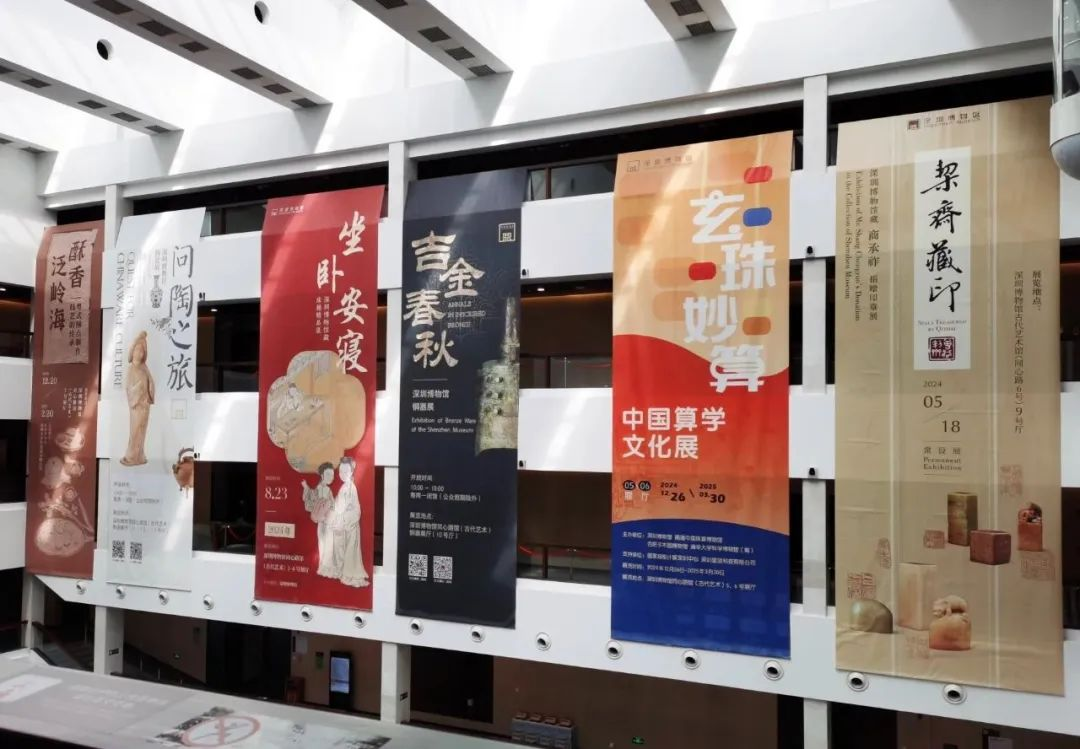
Exhibition posters at Shenzhen Museum’s ancient art division. Photos by Cao Zhen unless otherwise stated
Several new exhibitions have recently opened at the Shenzhen Museum, offering a treasure trove of experiences for all. Dive into the world of ancient portrait paintings, marvel at ancient and cutting-edge calculation devices, explore the rich history of Guangdong pastries, or discover the artistry of precious She inkstones.
With most exhibitions running through February and March, there’s plenty of time to immerse yourself in these fascinating displays. Plus, don’t miss out on the diverse array of the museum’s permanent exhibitions that await your exploration.
Ming and Qing portrait paintings
This winter, you don’t need to travel to Beijing to view rare artifacts from the National Museum of China — one of the country’s most visited museums — since it has brought a precious collection of ancient Chinese portrait paintings to Shenzhen.
A visitor takes photos of a painting depicting the Qing Dynasty Emperor Kangxi at the exhibition.
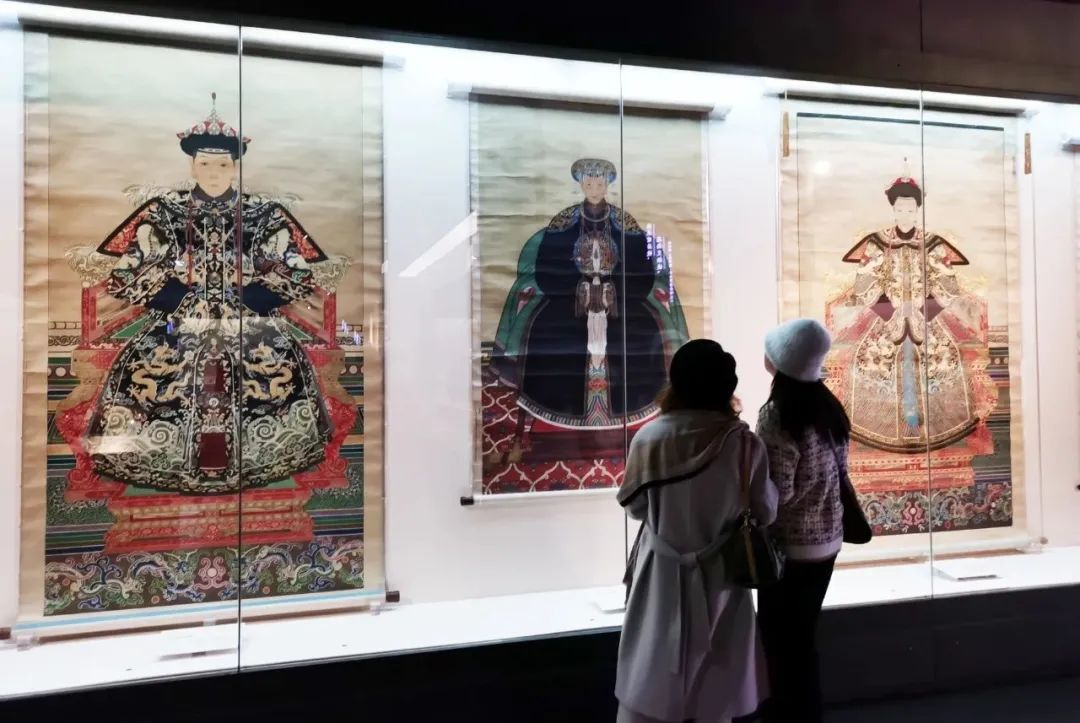
Visitors admire paintings featuring ladies in the Qing Dynasty imperial families.
The exhibition showcases 131 portrait paintings created during the Ming (1368-1644) and Qing (1644-1911) dynasties, featuring figures from imperial families, notable officials, and literati.
These paintings not only carry the stories of those historical figures but also convey information about politics, etiquette, art, folk customs, and clothing, enriching visitors’ understanding of the social and cultural landscapes of their eras.
Visitors admire a painting alongside an enlarged copy.
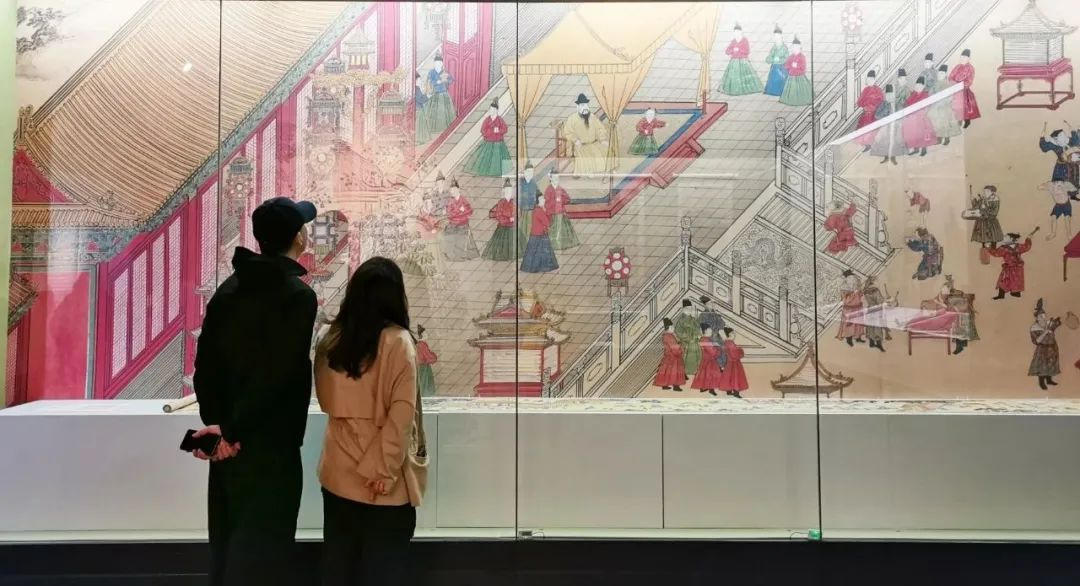
Visitors observe a painting alongside an enlarged copy that features the Lantern Festival in the Ming Dynasty court.
In the portraits of figures such as Tang Dynasty (618-907) emperor Li Yuan, Song Dynasty (960-1127) emperor Zhao Kuangyin, and Qing emperor Kangxi, viewers can appreciate their imposing and noble postures as they don magnificent robes. The varying portrait styles across different periods offer insight into the evolving artistic expressions of the time.
Paintings that depict gatherings of literati or leisure scenes from imperial life provide a glimpse into the spiritual pursuits, beliefs, and aesthetic tastes of various social classes. The expressions, clothing, and settings evoke emotions and prompt viewers to ponder the lives of those depicted.
Dates: Through March 30
Ancient Chinese literature books
Ancient Chinese texts are traditionally classified into four categories — jing (classics), shi (history), zi (philosophy), and ji (literature). Since 2018, the Shenzhen Museum has organized exhibitions featuring selected works from these categories, demonstrating its commitment to preserving and promoting traditional Chinese culture. These exhibitions have garnered widespread acclaim from both experts and visitors alike.
Books on Tang Dynasty poems are on display at the exhibition.
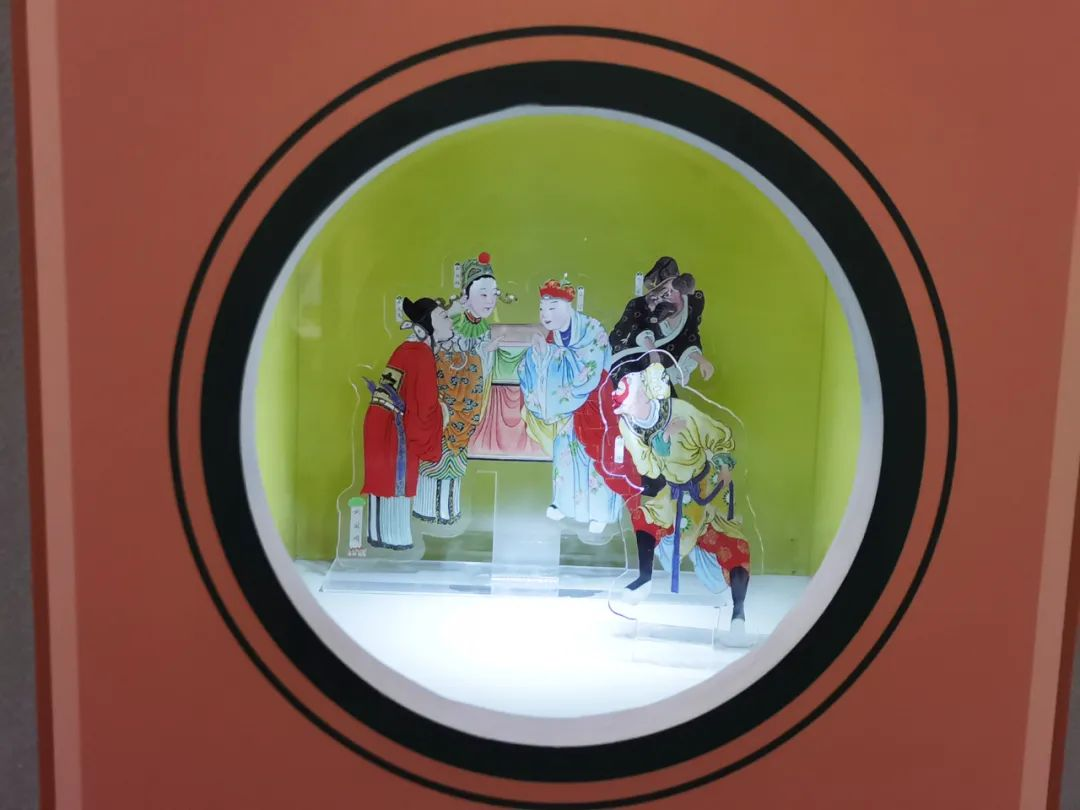
An installation depicts a scene from the classic novel “Journey to the West.”
The current exhibition, which features 120 ancient books in the ji category, is the seventh and final installment of this series. Literature enthusiasts can explore classic poems and prose at the exhibition, which also offers insights into the diverse characters populating historical tales, from nobles and officials to commoners of various backgrounds, highlighting the essential role individuals play in shaping cultural heritage.
Dates: Through March 15
Hours: 10 a.m.-6 p.m., closed Mondays
Tickets: Free, no reservation is neededVenue: Shenzhen Museum's history and folk culture division, Jintian Road, Futian District
Metro: Line 2 or 4 to Civic Center Station (市民中心站), Exit B
History of Guangdong pastry
An exhibition on the history of Guangdong pastry and baking techniques features traditional pastry molds, historical photos, and intangible cultural heritage certificates, vividly illustrating Guangdong people’s dedication to inheritance, innovation, and artisan spirit in baking.
These traditional Guangdong pastries, once commonly enjoyed during festive occasions, symbolize the region’s rich culture and lifestyle.
A chef gives Guangdong pastries to visitors at the exhibition opening Dec. 20 at the Shenzhen Museum. Photo courtesy of the event organizers
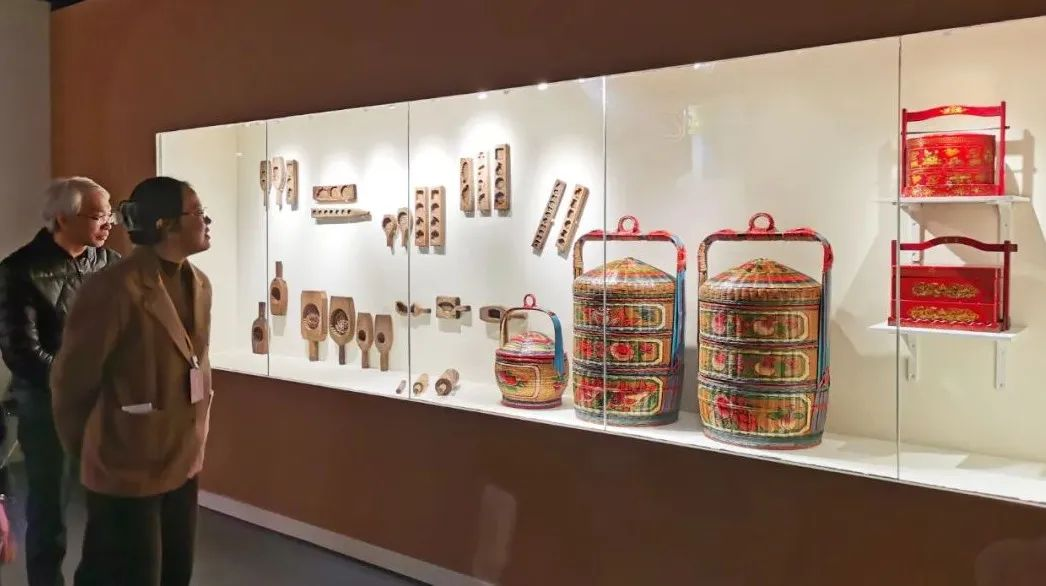
Visitors observe traditional Guangdong pastry molds and baskets.
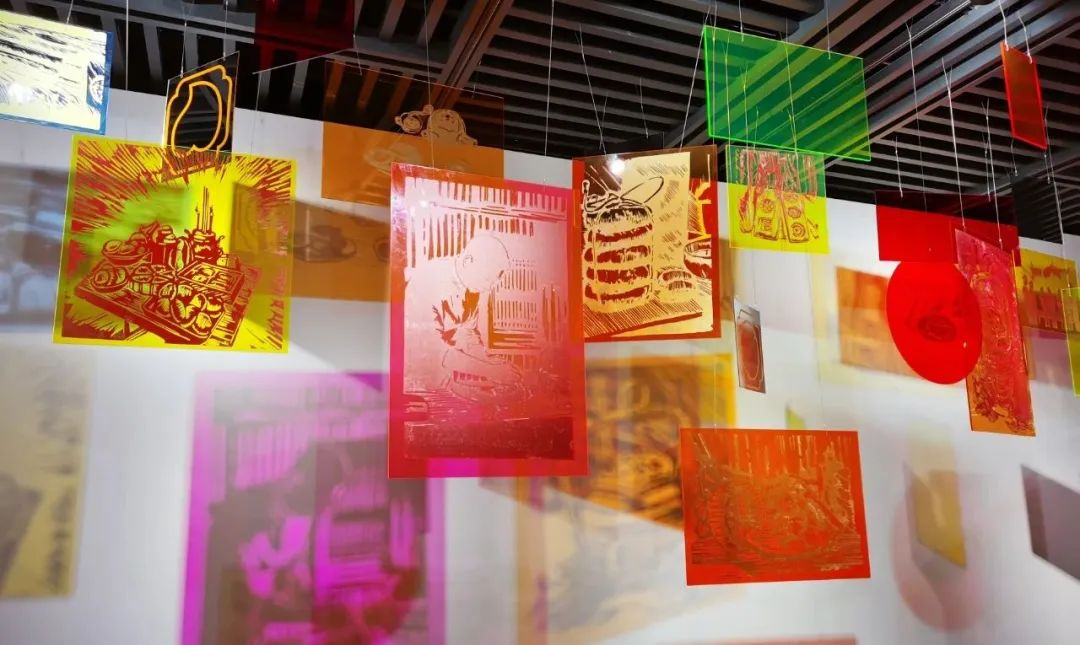
Installations depict crafting Guangdong pastries.
The exhibition is jointly organized by the Shenzhen Museum and Shenzhen Makhin Food Co. Ltd. Hailing from Lufeng in southeast Guangdong, the Zhuang family founded Makhin in Hong Kong in 1932. In 1990, Zhuang Zulai and Zhuang Liuchuang, the third and fourth generations of the Zhuang pastry craft, relocated to Shenzhen to continue their business.
Since the mid-20th century, Makhin has been committed to innovating baking techniques and introducing novel pastries that blend traditional Chinese and Western flavors.
Dates: Through Feb. 20
Calculating marvels
In the supercomputing era, an exhibition themed on ancient calculations is allowing visitors to appreciate the ingenuity and mathematical prowess of our ancestors.
A visitor tries her hand with an abacus, experiencing this time-honored method of calculation at the exhibition.
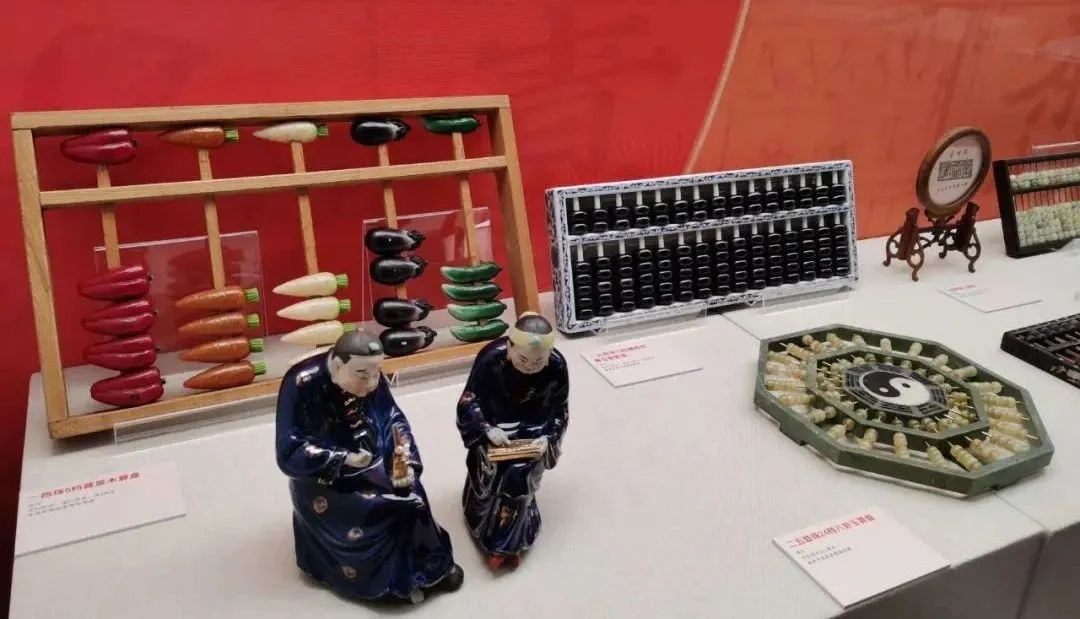
Various modern abacuses on display.
Co-organized by the Shenzhen Museum, the National Museum of Chinese Zhusuan, the Hefei Zimuyuan Museum, and the Tsinghua University Science Museum (currently under development), the exhibition explores human achievements in calculation and computing, with a special focus on China’s mathematical heritage.
Over 230 historical calculation devices and tools are on display, ranging from ancient Chinese abacuses and Andean quipu knotted strings used for keeping records, to a brick from the Eastern Han Dynasty (25-220) inscribed with the Chinese multiplication table, and replicas of Babylonian clay tablets featuring a derivative table.
A Fuller's cylindrical slide rule on display.
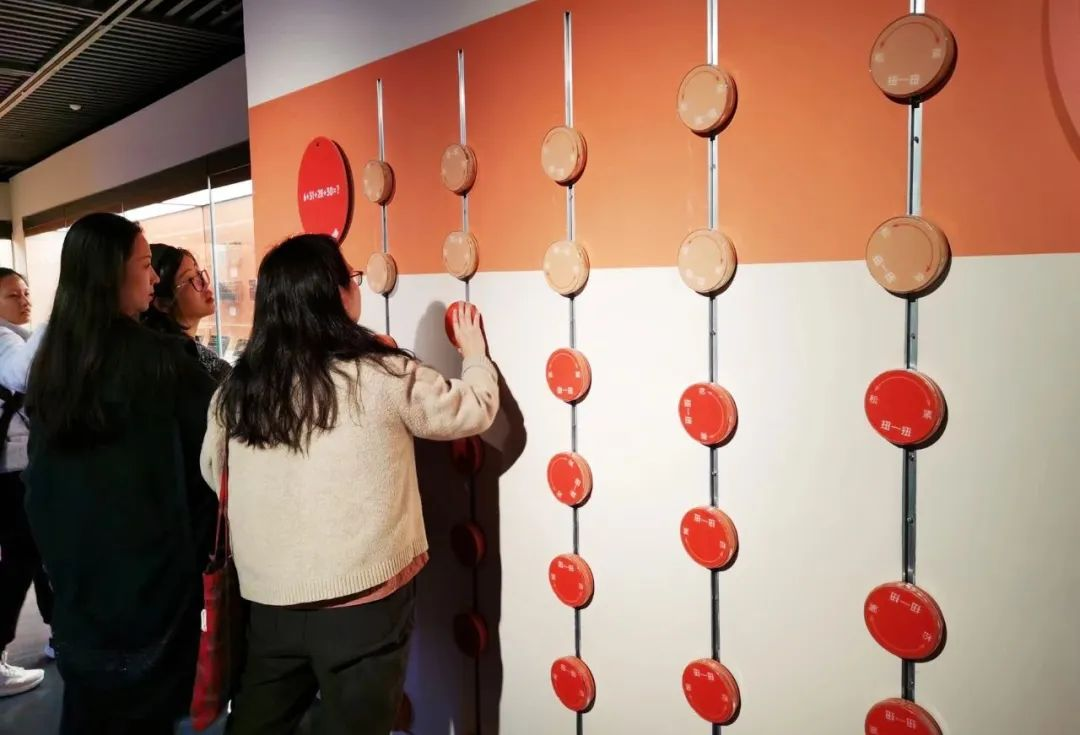
Visitors show interest in an abacus-inspired installation at the exhibition.
Notable Western exhibits from the 19th and 20th centuries include a Fuller’s cylindrical slide rule, the Genaille-Lucas rods, a circular Columbus calculator, and a Brunsviga 10 calculator. Highlighting modern advancements, a superconducting quantum chip developed in 2023 by SpinQ Technology Inc. in Shenzhen demonstrates China’s progress in quantum computing.
Dates: Through March 30
She inkstones by Wang Zuwei
Wang Zuwei, a national intangible cultural heritage inheritor of She inkstone crafting, is showcasing 75 exquisite inkstones at an exhibition. The She inkstone, one of the four most famous inkstones in China, refers to those made in the ancient town of Shezhou in East China’s Anhui Province. Visitors can appreciate the unique texture of the She inkstones and the exceptional craftsmanship of Wang.
Dates: Through Jan. 12
Hours: 10 a.m.-6 p.m., closed Mondays
Tickets: Free, no reservation is needed
Venue: Shenzhen Museum’s ancient art division, Tongxin Road, Futian District
Metro: Line 9 to Hongling South Station (红岭南站), Exit A
Source:ShenzhenDaily

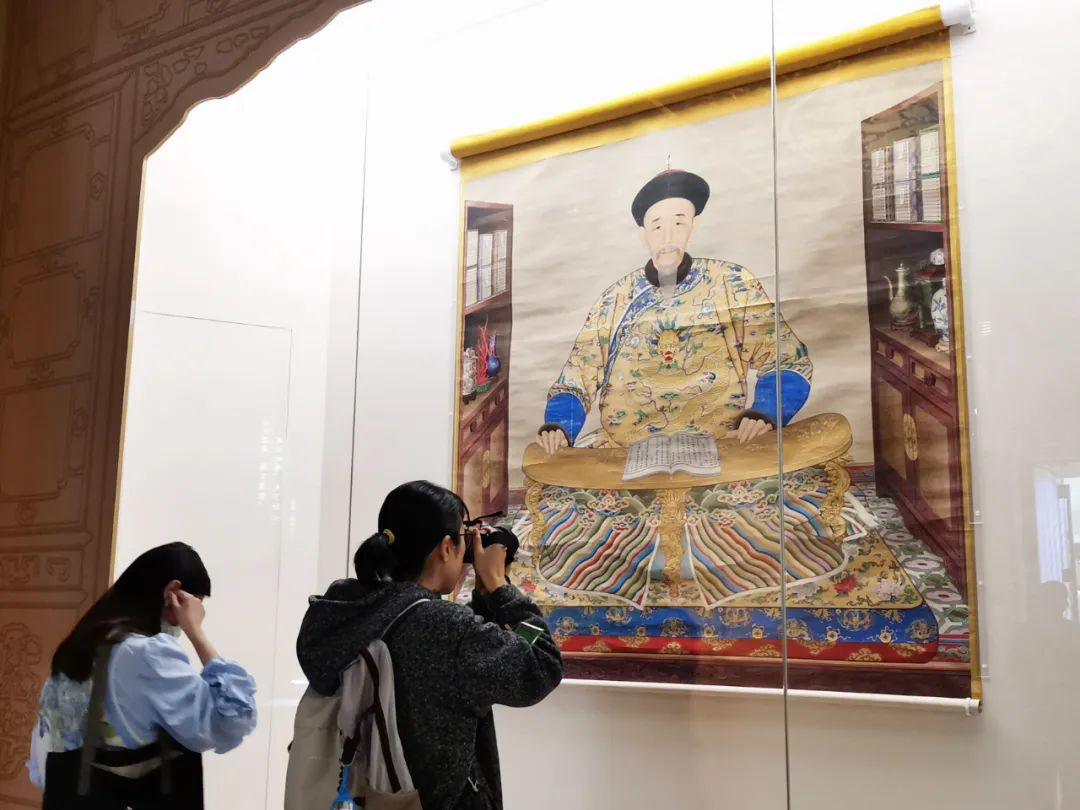

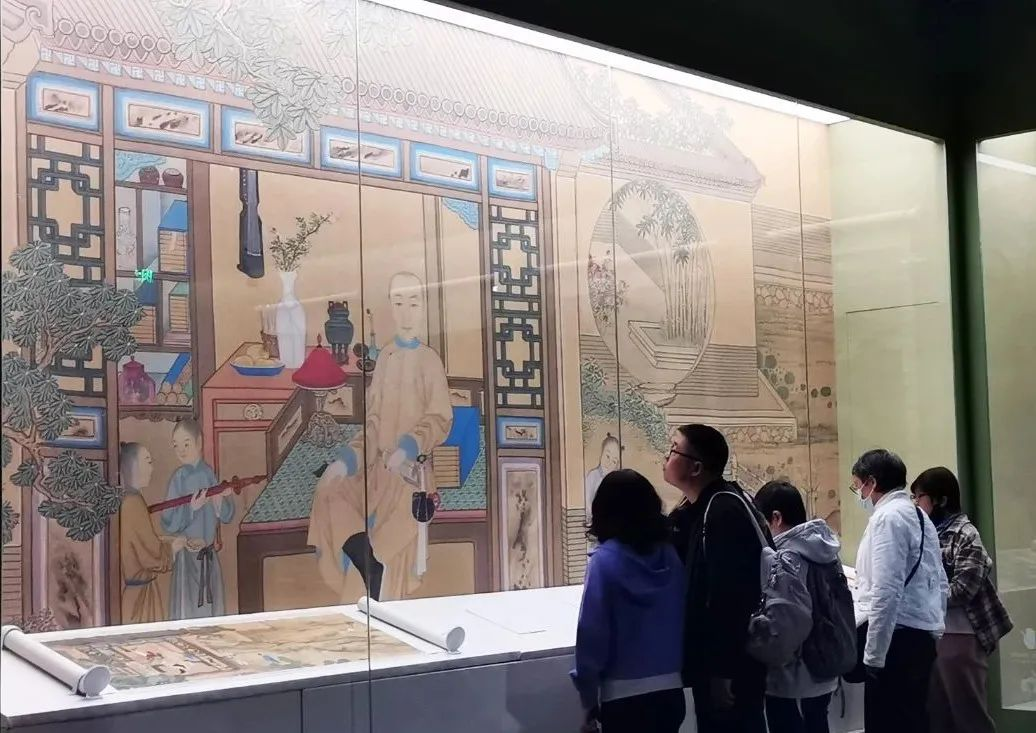

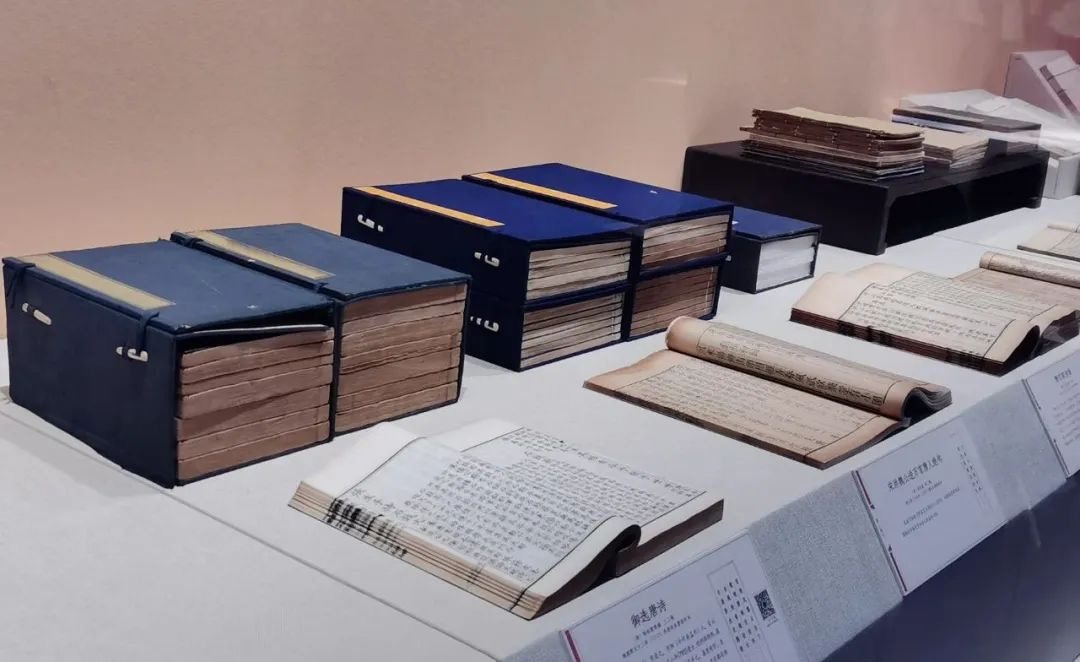

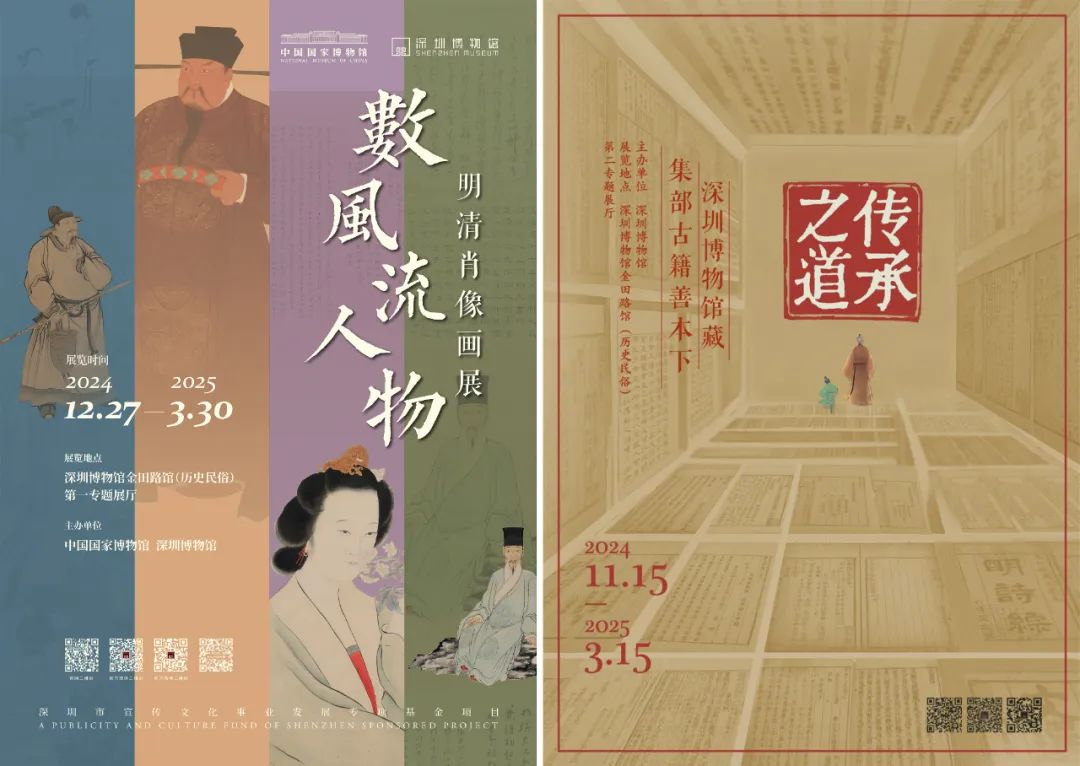
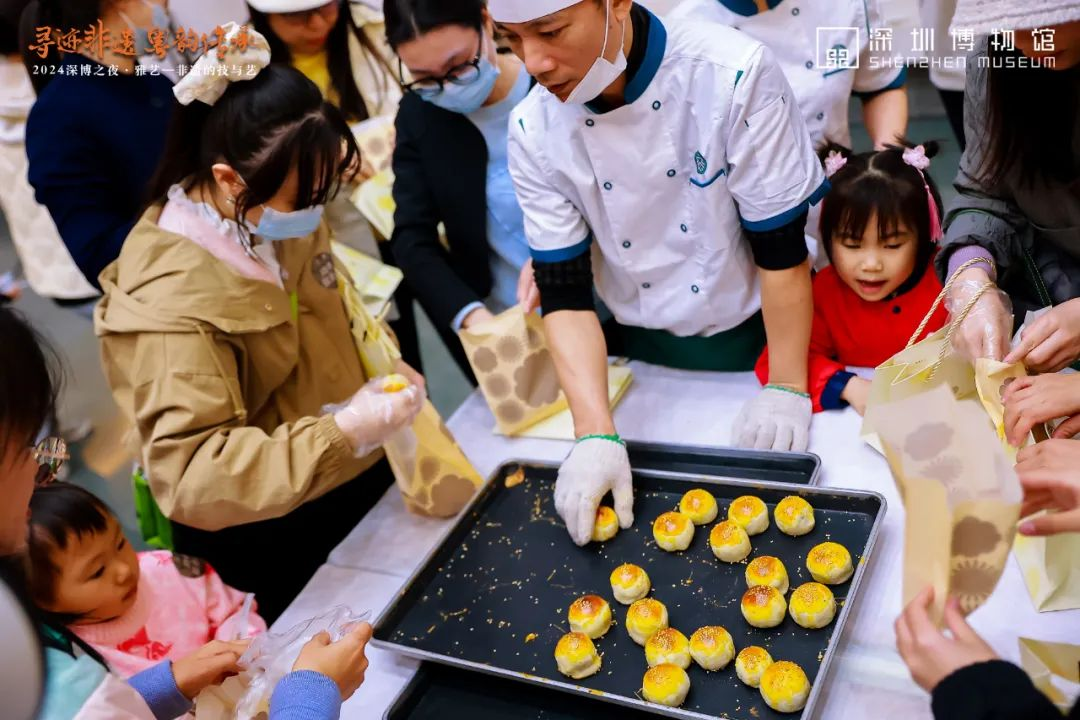


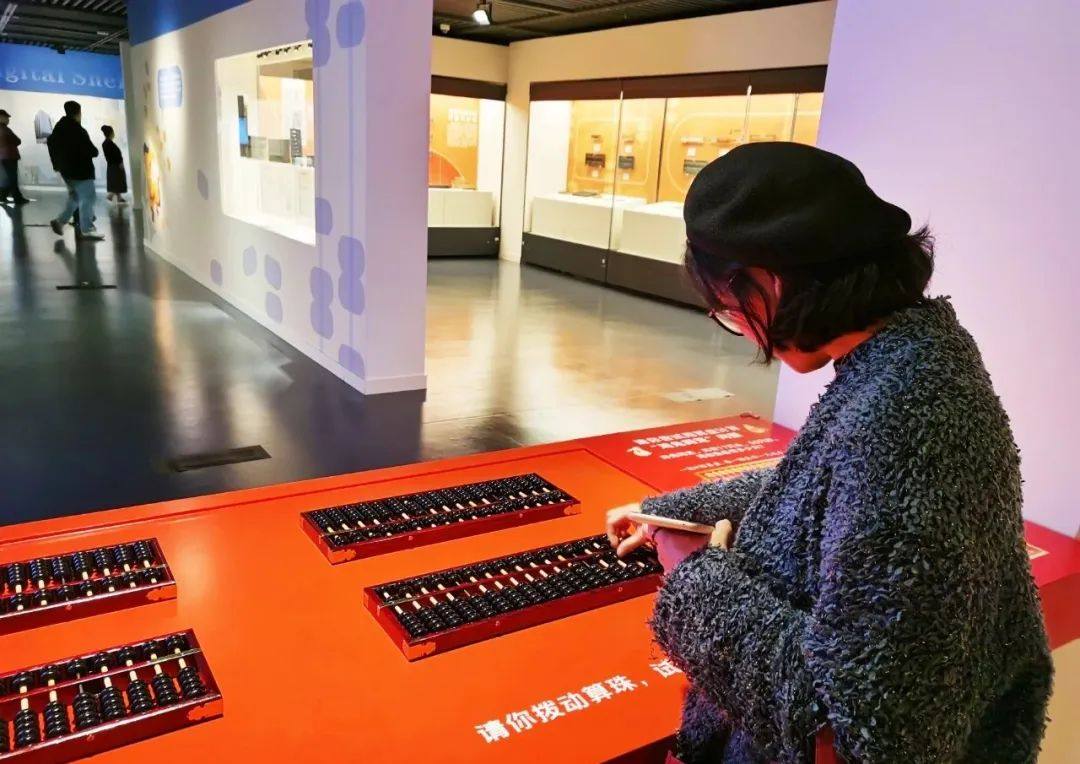

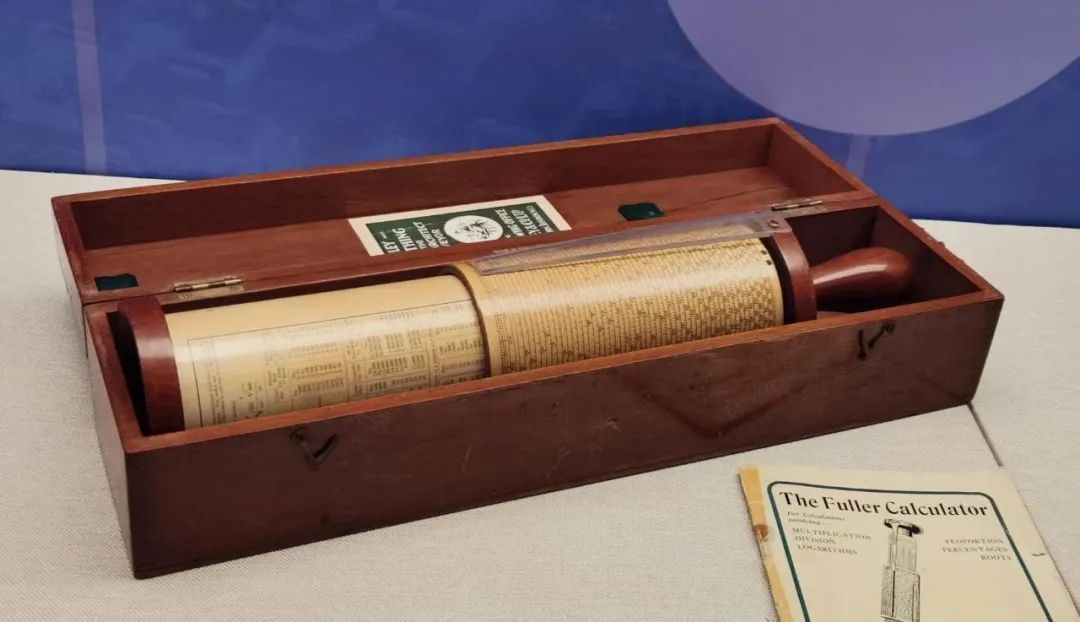





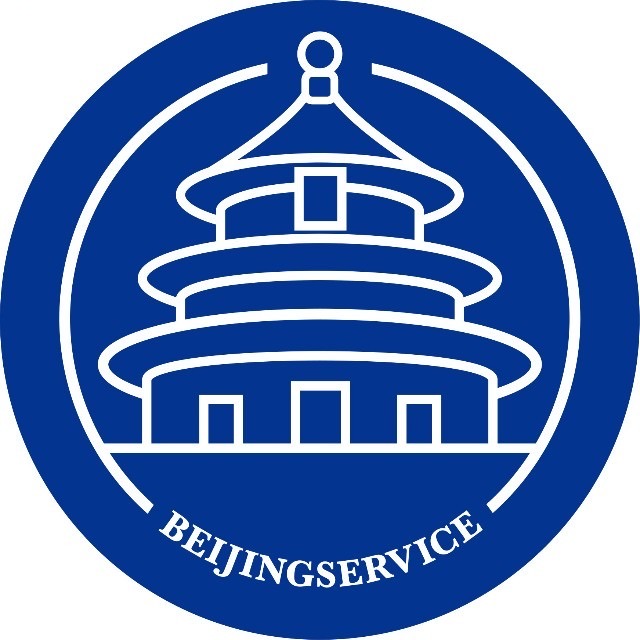
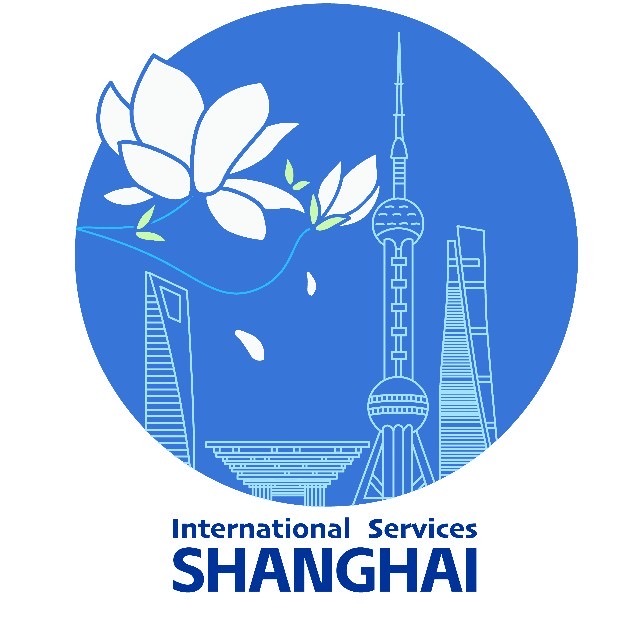



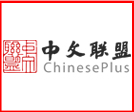
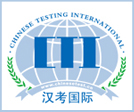
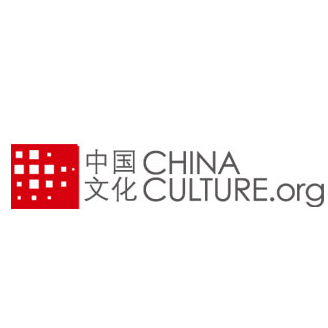
 京公网安备
京公网安备